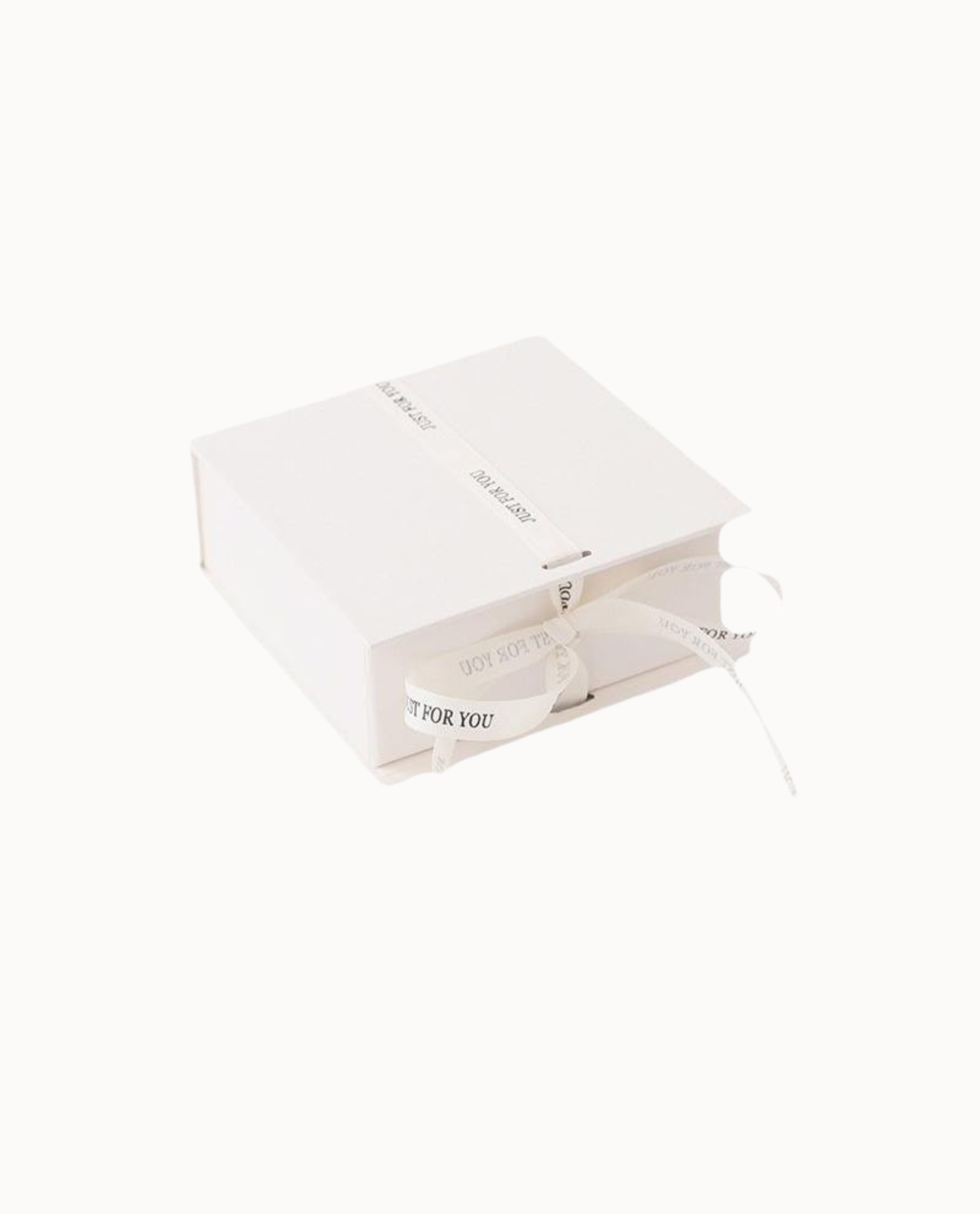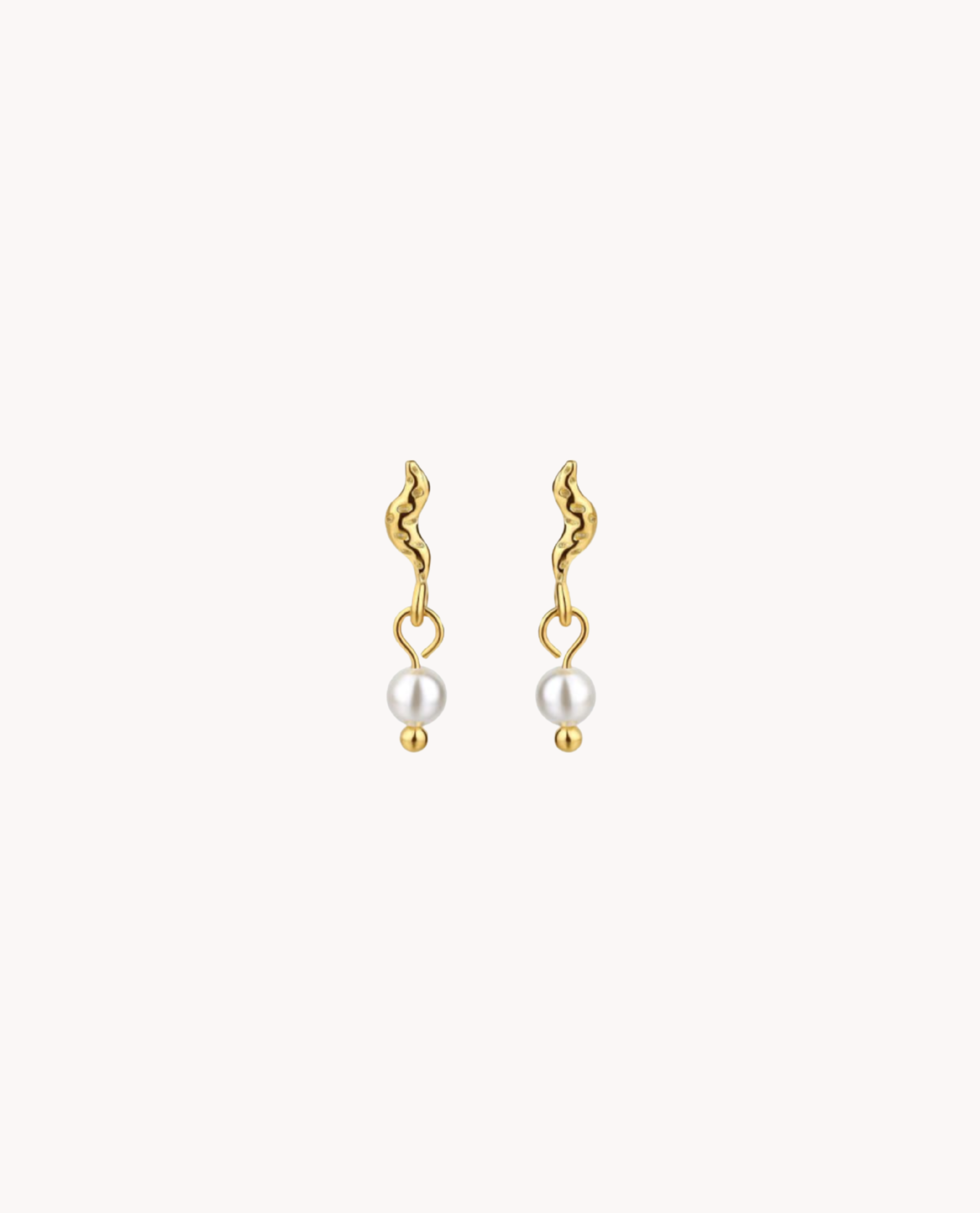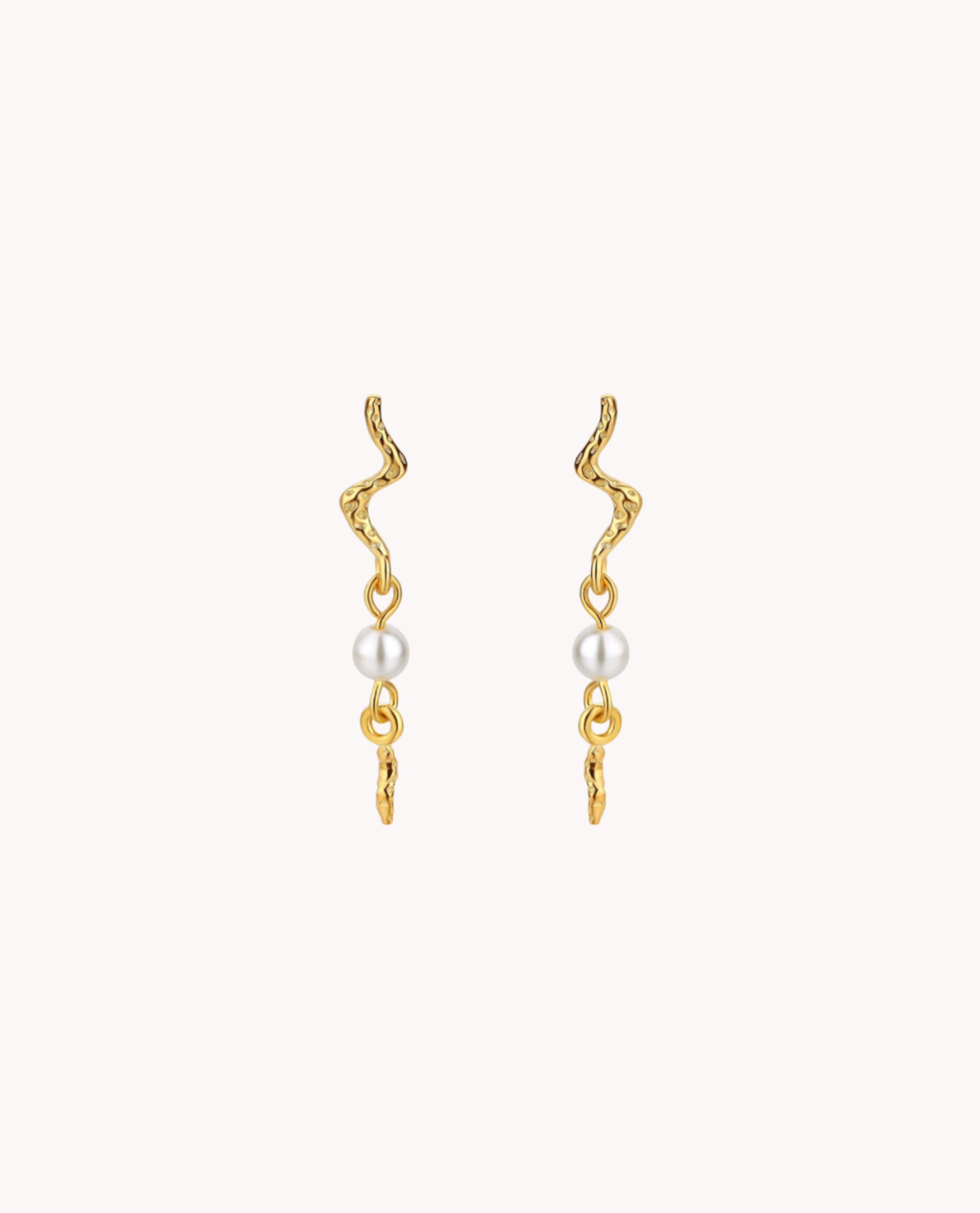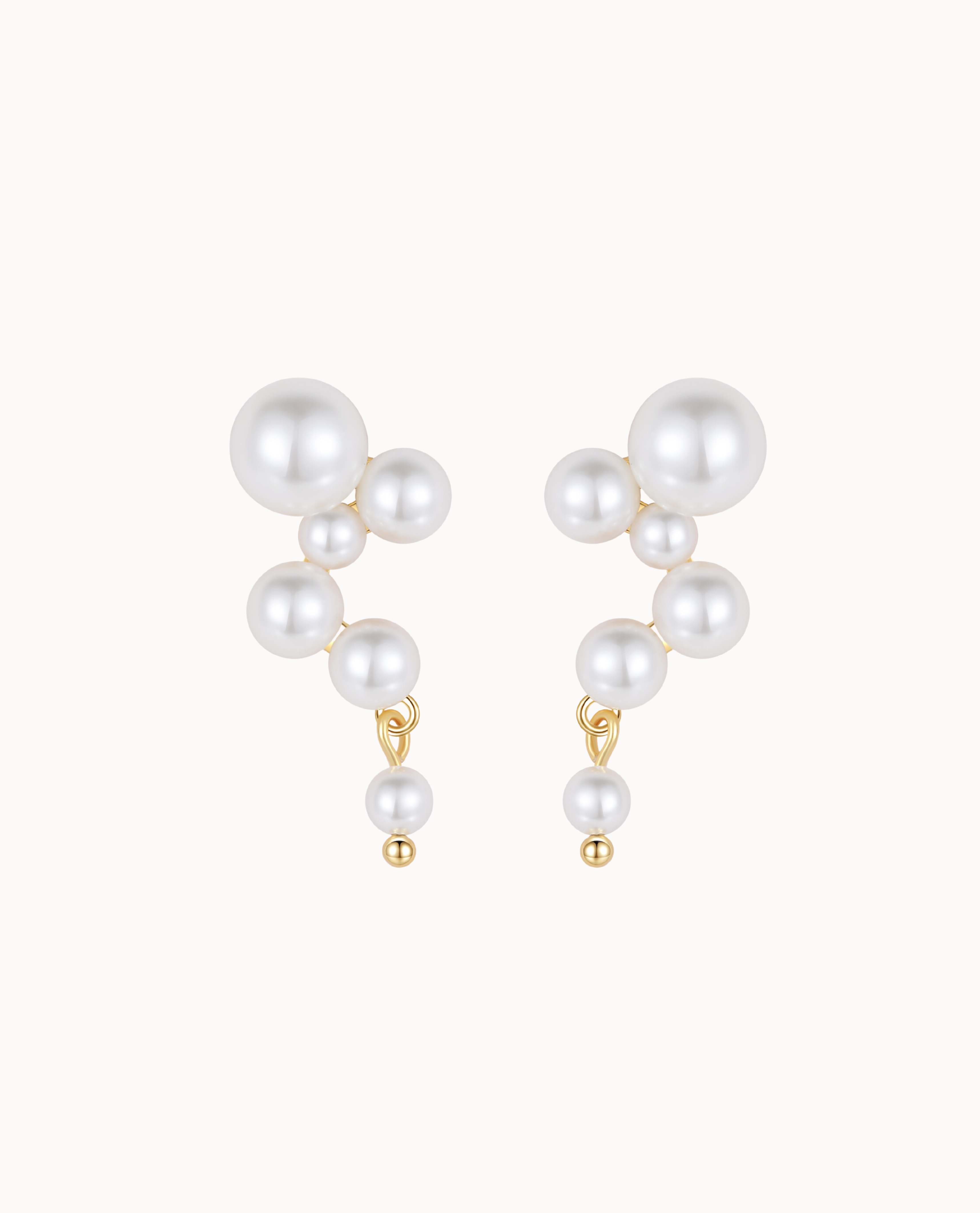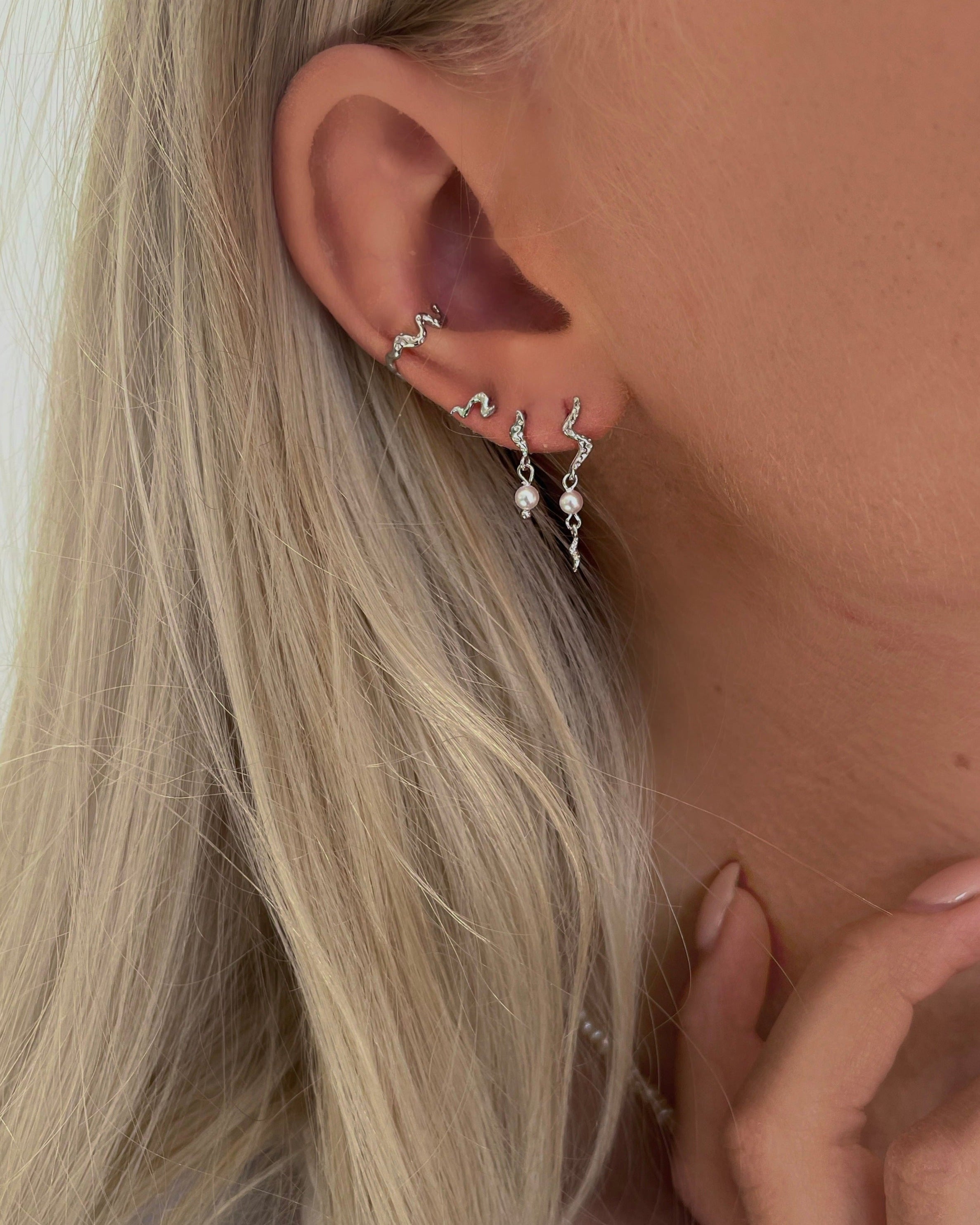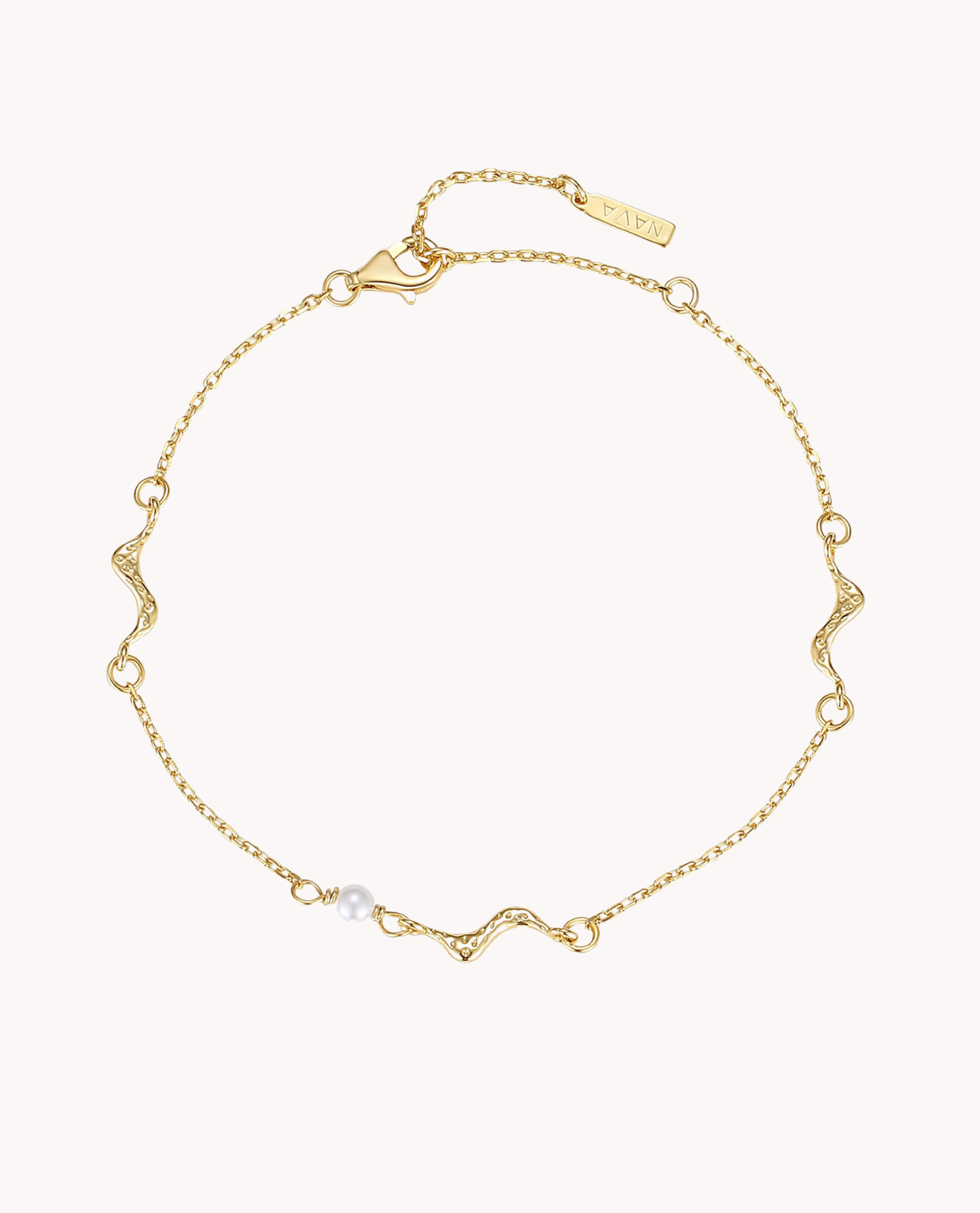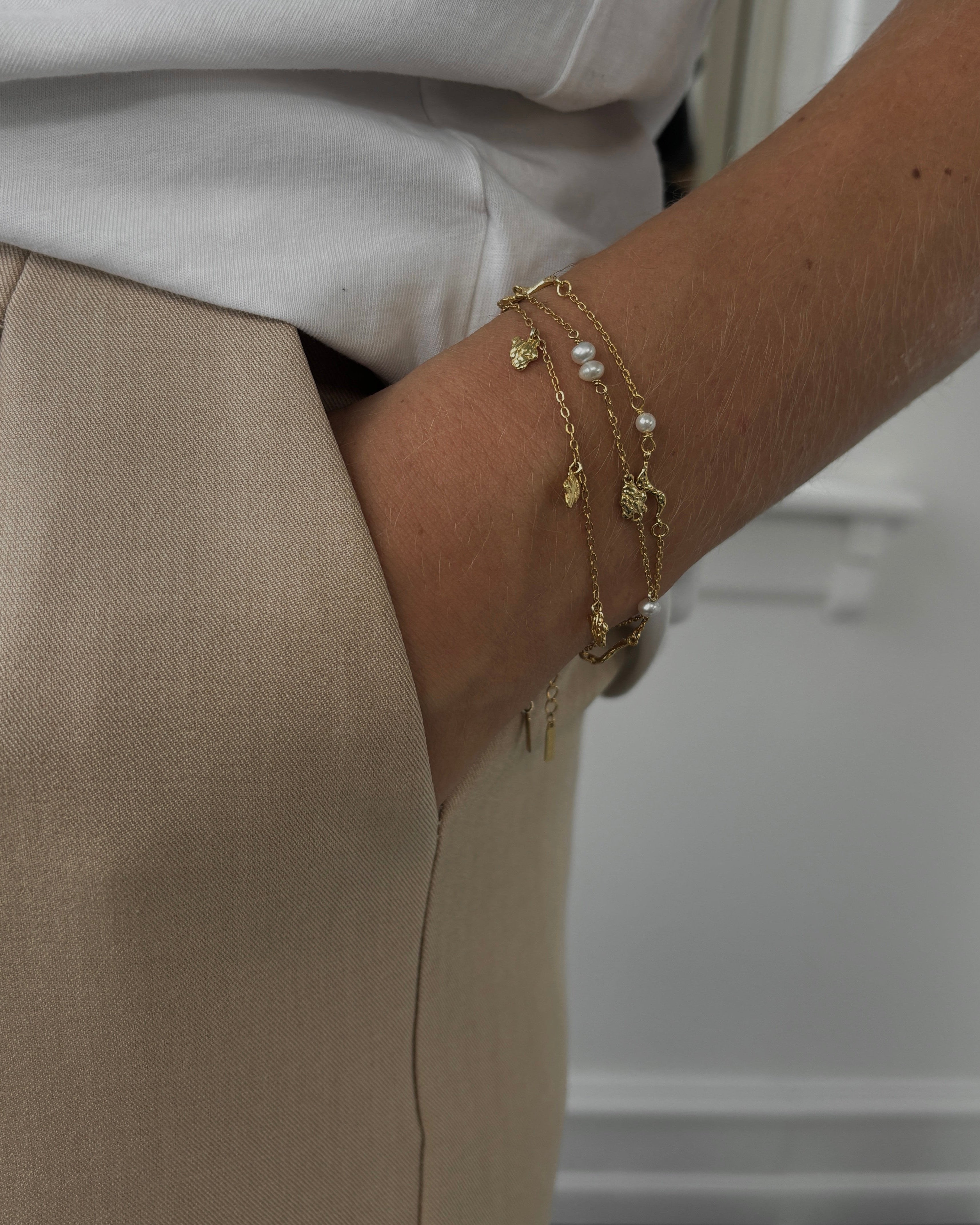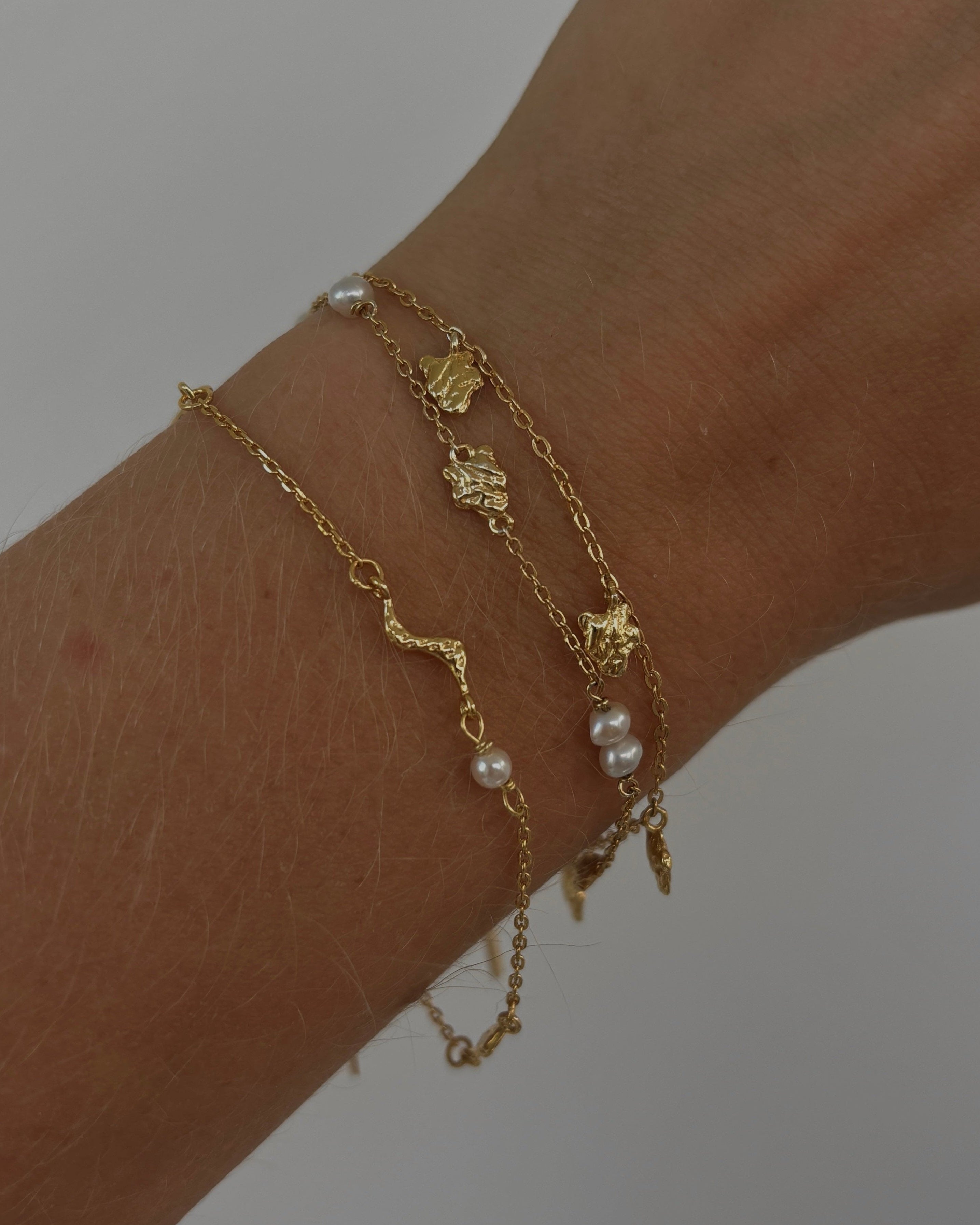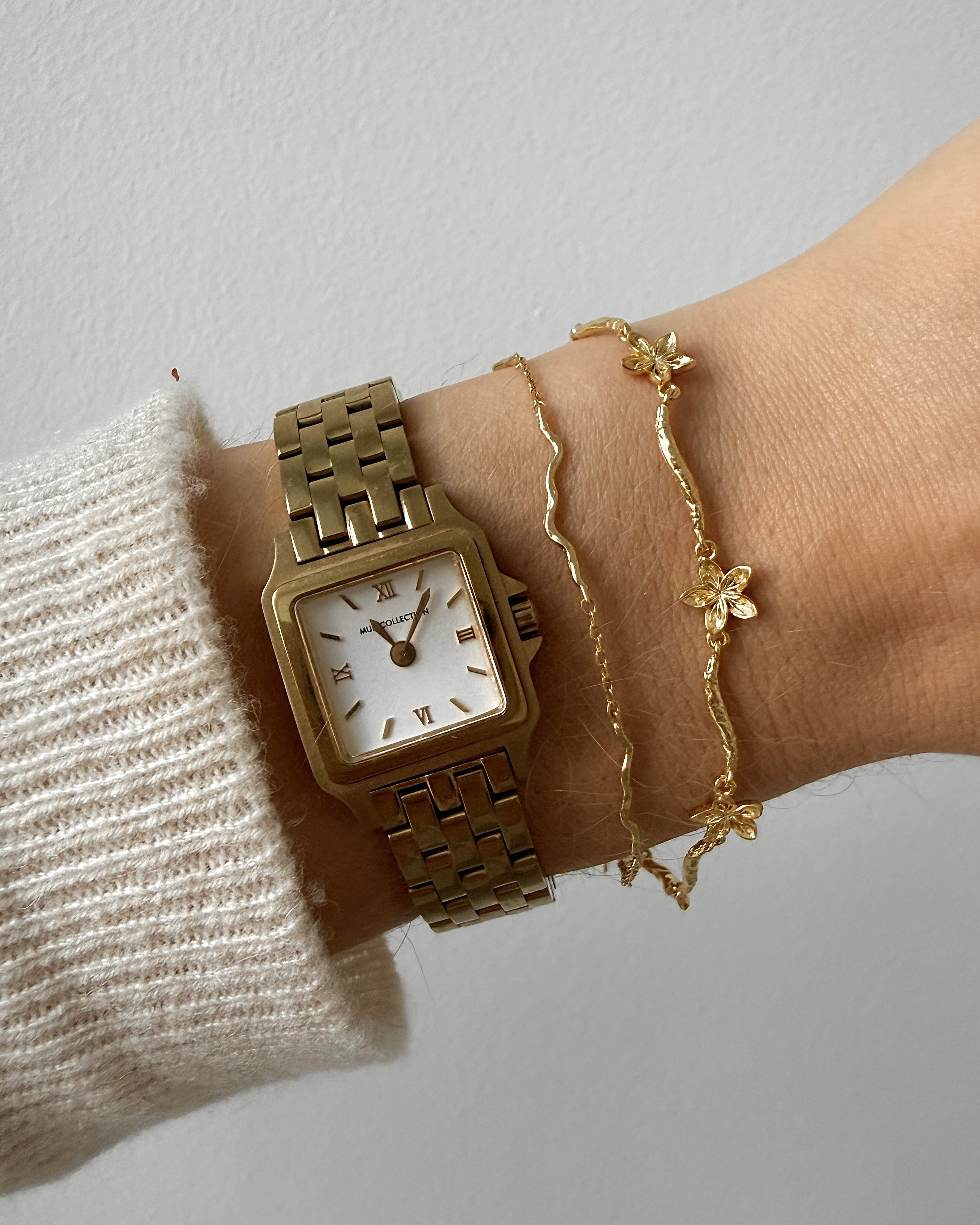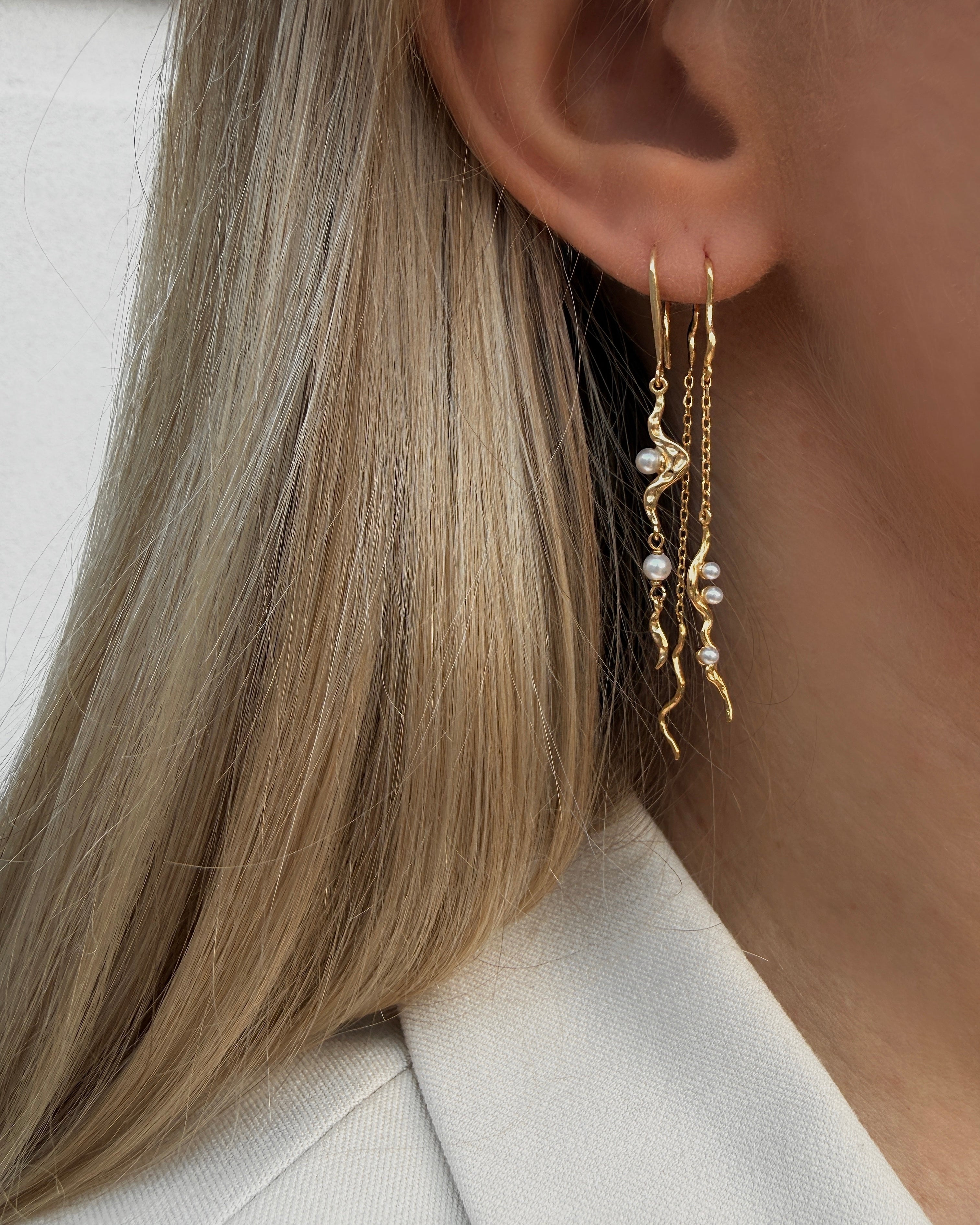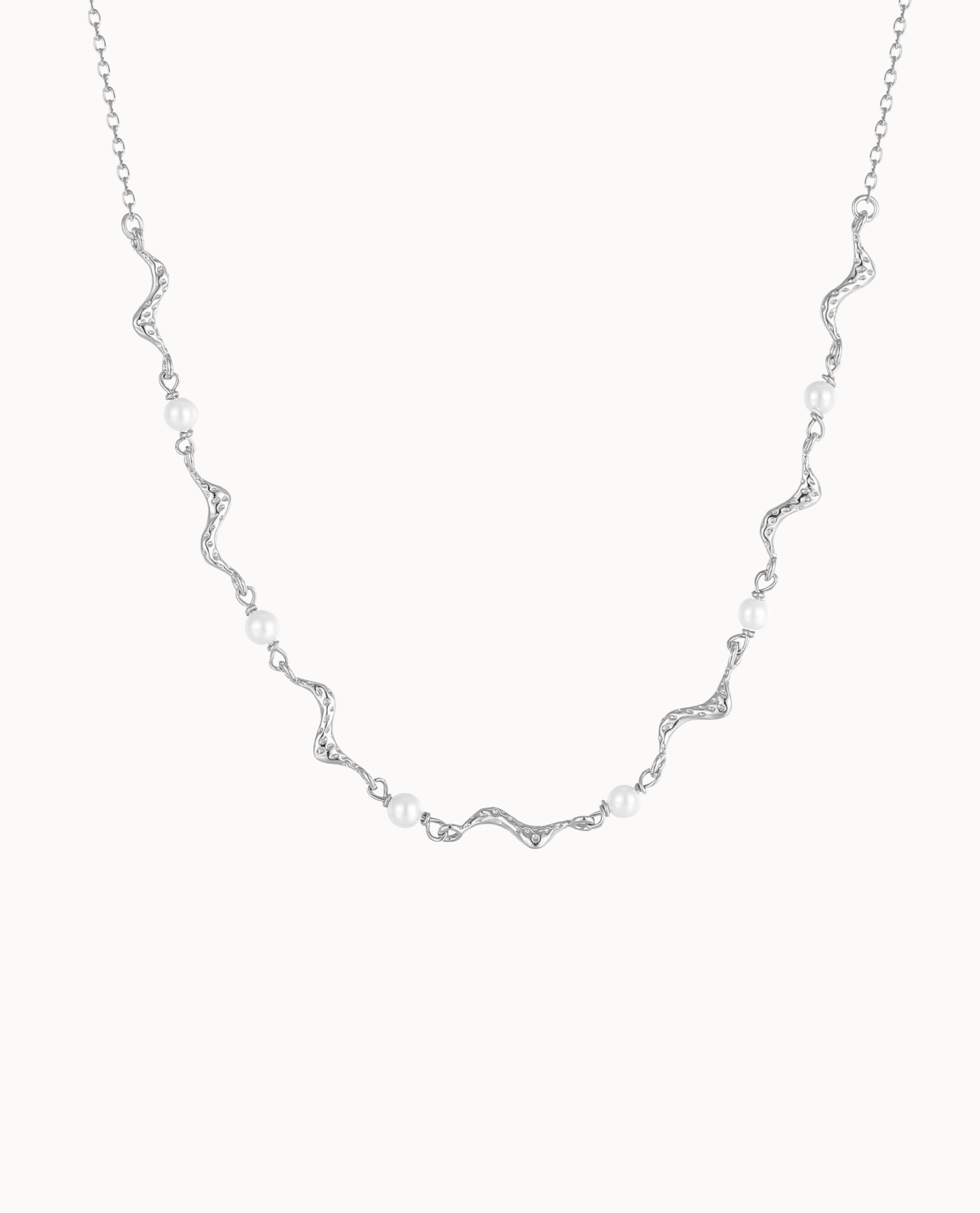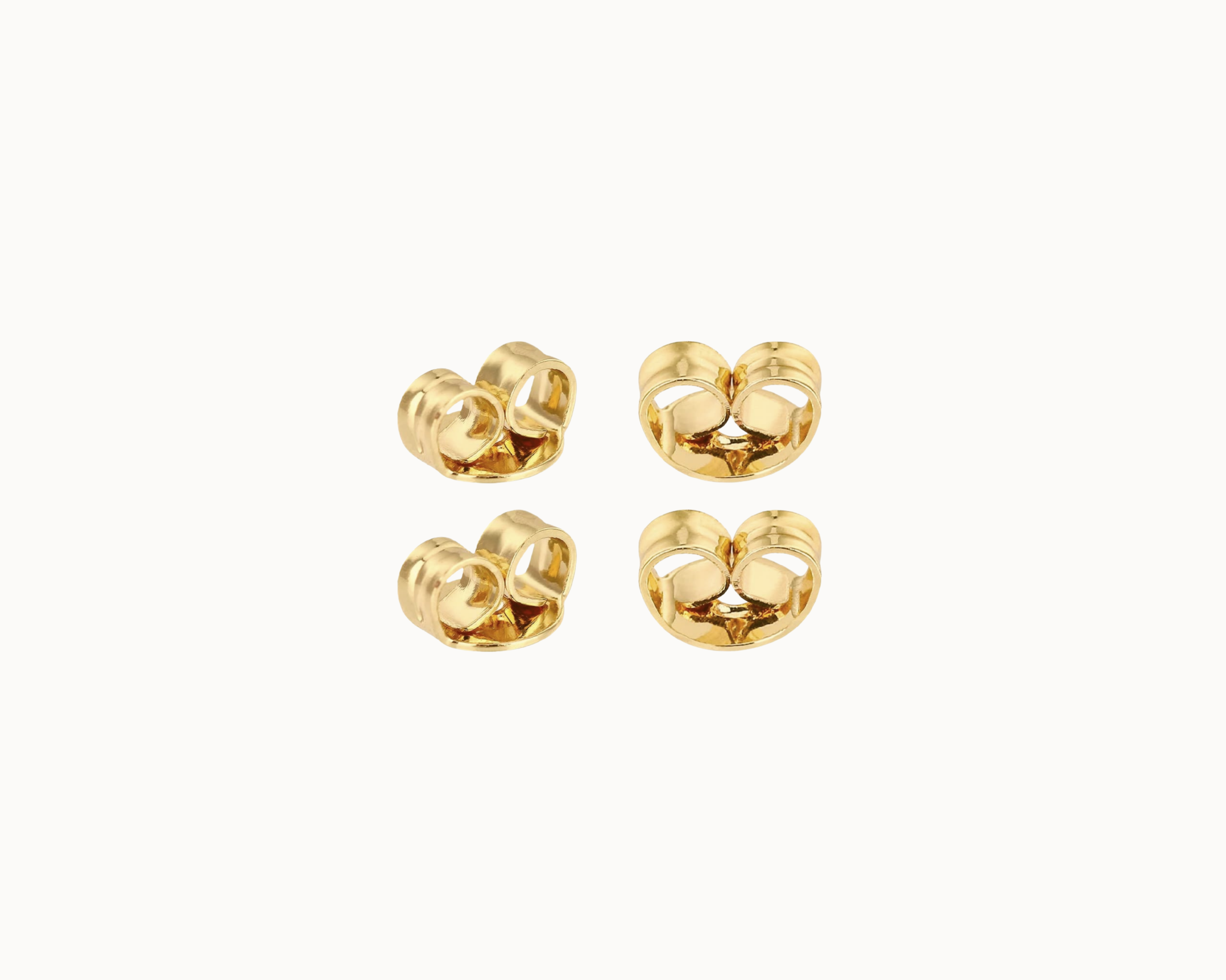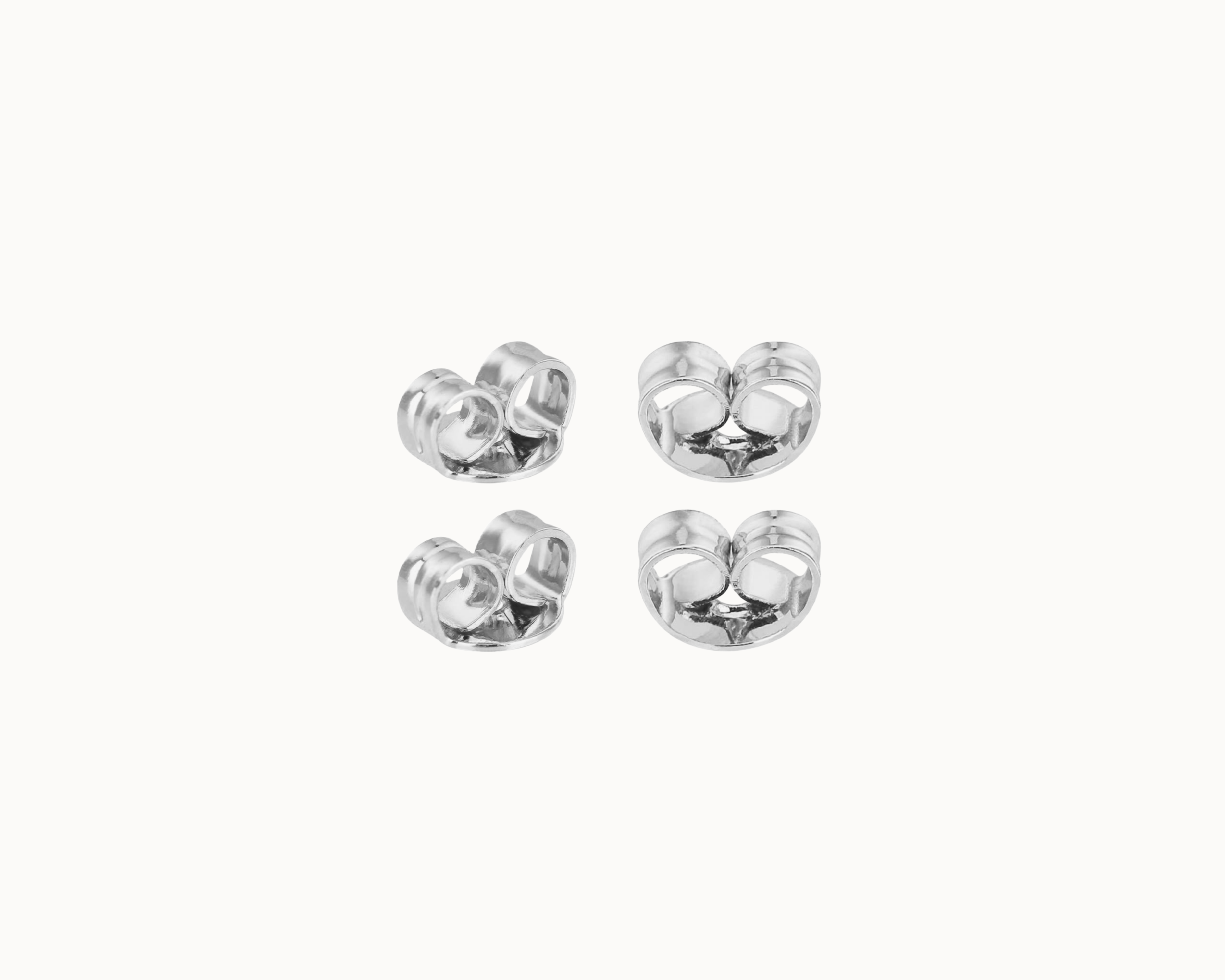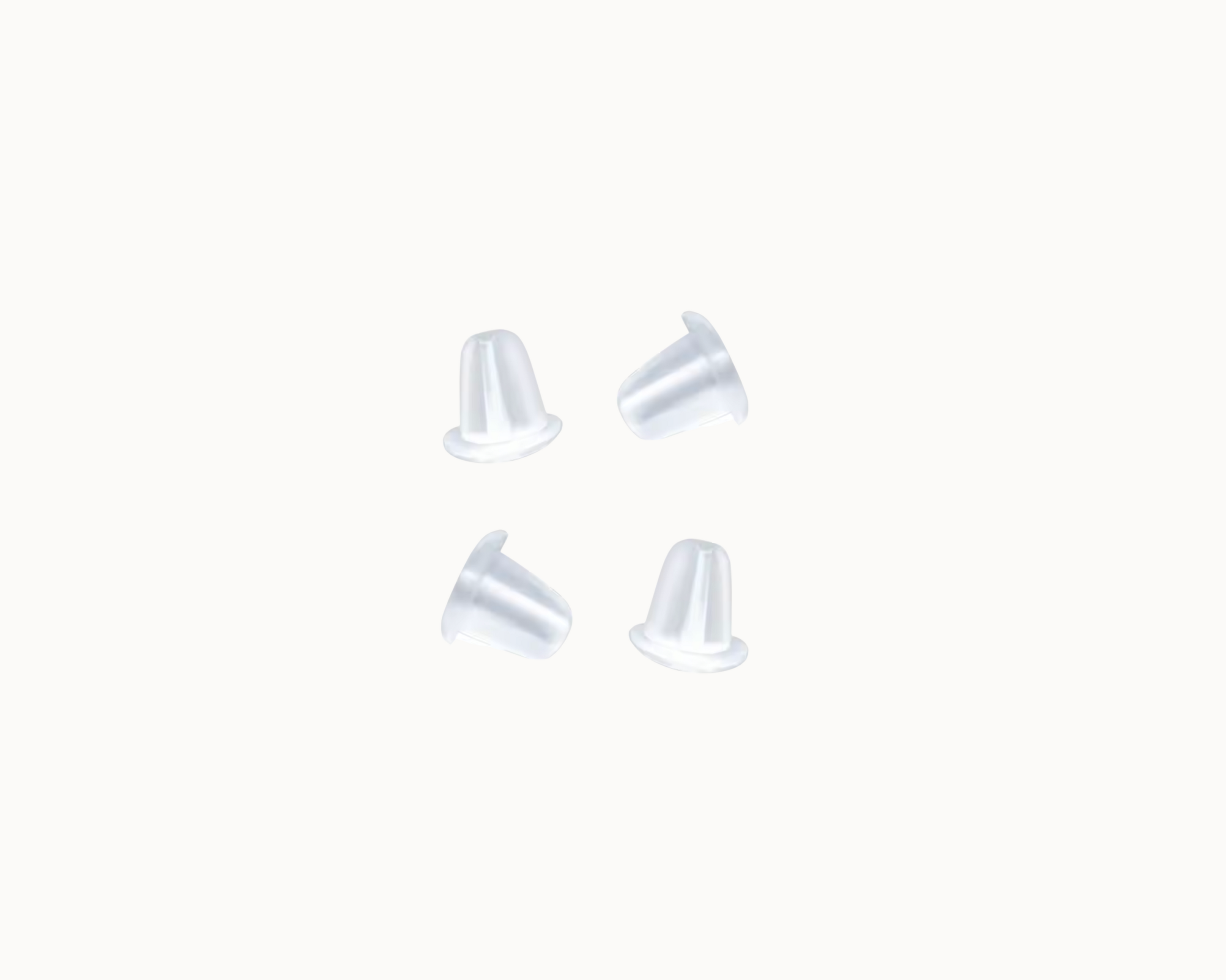How are pearls formed?
Pearls are formed when a mussel protects itself from a foreign object that has penetrated its shell. The process occurs naturally in both freshwater and saltwater mussels and results in the beautiful pearls used in jewelry.
The natural process of pearl formation
When a small irritant, such as a grain of sand or a parasite, enters the mussel, it responds by forming layers of nacre around it to protect itself. Nacre is made up of microscopic crystals of calcium carbonate that, over time, form a hard, shiny surface—the pearl itself.
The difference between natural pearls and cultured pearls
In nature, this process occurs randomly and rarely, making natural pearls extremely valuable. Cultured pearls are formed in the same way, but with human intervention – here a small fragment of mother-of-pearl is manually inserted into the mussel to start pearl formation. This makes it possible to produce pearls in larger quantities and in more uniform shapes.
How long does it take to form a pearl?
It can take anywhere from 6 months to several years to form a pearl, depending on the type of mussel and environmental conditions. The longer the pearl is allowed to grow, the thicker the nacre layer becomes, resulting in a deeper luster and higher quality.
Different types and colors of beads
Pearls are formed in different environments, which affects their color and shape. Freshwater pearls often have soft pastel colors, while saltwater pearls such as Tahitian pearls and South Sea pearls have deeper and more exotic shades. The shape can vary from perfectly round to baroque, with each pearl taking on its own unique expression.
A fascinating natural treasure
Whether formed naturally or with the help of humans, pearls are the beautiful result of a slow, organic process. Their luster and elegance have made them one of the most sought-after gemstones throughout history, and they remain a symbol of timeless beauty.



